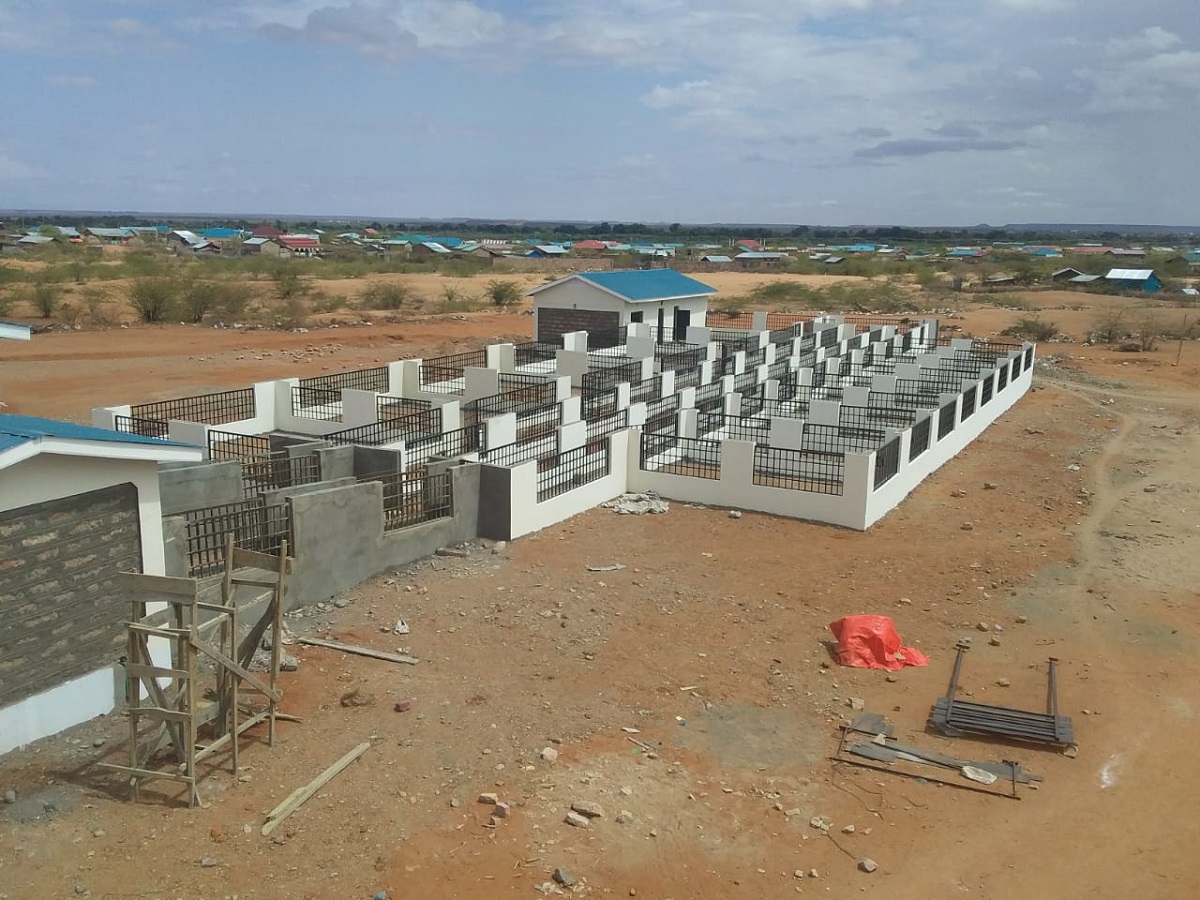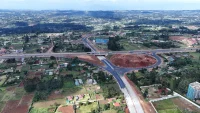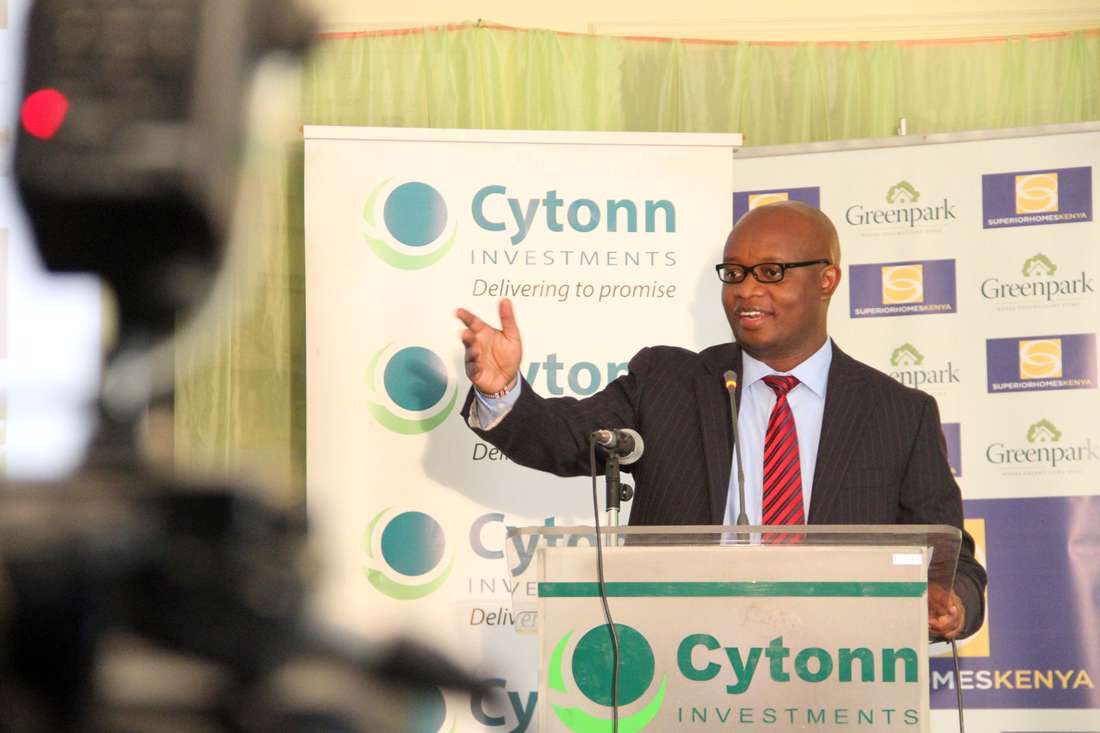For over 50 years, the broader Northern Kenya has remained marginalized with low economic activity, high illiteracy levels and lack of key catalysts of growth like healthcare and infrastructure. With frequent harsh weather conditions, the region for a long time relied on stop-gap measures like distribution of relief food for survival.
But a lot has changed and for the better over the last decade. The village self-sufficiency and isolation, which characterise these local economies, are disappearing. Today, the Northern corridor is abuzz with various activities. Hitherto sleepy towns of Lodwar, Marsabit, Moyale, Wajir, Mandera and Kakuma are humming with business activities, road construction is ongoing, real-estate is heating up and a thriving culinary scene is evident.
The region is bustling and taking advantage of devolution to not only open the northern frontier but also to enable the locals to secure jobs and other economic opportunities. In under a decade, devolution has offered a real opportunity for the region that has been crippled with hunger and cattle rustling to witness development. And true to the expectations, the economic outlook of the region has turned brighter.
But more can still be done to open Northern Kenya to the world. I believe, by strengthening their economies through a commitment to financial inclusion we can provide a better quality of life, and build on local assets that though plenty, remain largely under-tapped.
>> SIMON THOMAS: How Harvesting Rainwater Can Save Us From Disasters
Through a combination of public-private partnership and smart growth strategies, we can unlock the potential of these rural communities to enable them to achieve their growth and development goals while maintaining the distinctive rural character that makes them unique.
If we are going to transform this region and other rural economies from relying on the vagaries of nature and commodity markets for survival – to a modern economy that has industrialization as its hallmark – the financial sector must play a critical part to enable this transformation.
Ideally, we should not leave rural areas and other small towns out of the new global economy, placemaking, and community development aspirations. For us to attain inclusive growth, no individual, region, sex, colour or religion should be left behind.
In essence, we must bolster individual and community well-being through investments that embed equity into the development process. This does not just align with the UN Sustainable Development Goals on taking explicit actions to end extreme poverty, curb inequalities, confront discrimination, and fast track progress for the furthest behind; but also speaks to our national aspirations as envisioned in our Vision 2030 and the dreams we espouse for a better Kenya.
>> INNOCENT KEMIGISHA: How To Choose The Right Cloud For Your Business
And it all begins with financial inclusion. People living in these far-flung areas need access to financial services for a range of productive (asset building and working capital) and protective (mitigating risk exposure) and health purposes. Also, to purchase stock, agricultural inputs, to make and receive payments, and to manage peak season incomes to cover expenses in the low season.
Financial inclusion, therefore, is an indispensable driver of sustainable development for the rural economy with the potential to lift households and communities out of poverty. Banks being at the centre of the economy, have the unique opportunity to ensure these places are financially included by establishing a physical network, while also leveraging tech-enabled services to offer solutions to unlock the considerable economic potential of rural areas, and benefit the communities by increasing household income and decent work.
In the face of the current pandemic, the fallout driven by the impact of the containment measures has led to a contraction in the economy; but this is an opportunity to rebuild better by furthering financial inclusion and closing any gaps. This can be done by addressing any structural impediment to socioeconomic empowerment across the country.
>> CATHERINE NGINA: Kenya Can Surely Become The Next China
Based on our market experience, these customers tend to prefer a physical bank branch and specialised offers, especially in the business segment. Within this context, the role played by the branches network is twofold: they allow banks to develop specialised offers in economic sectors critical to large parts of the region, such as agriculture and small enterprises, whilst also maintaining a commitment to financial inclusion.
Having a strong presence in these communities enables financial institutions to better assess and customise solutions for local start-ups and small businesses; while expanding banking service levels for households. This is the only way that we can enable the Northern frontier and other rural economies to participate in capital formation on a large scale to provide the broad masses of our people with a decent and dignified standard of living.
>> PETER KIRONJI: Social Commerce And The Rise Of Influencer Marketing













Leave a comment